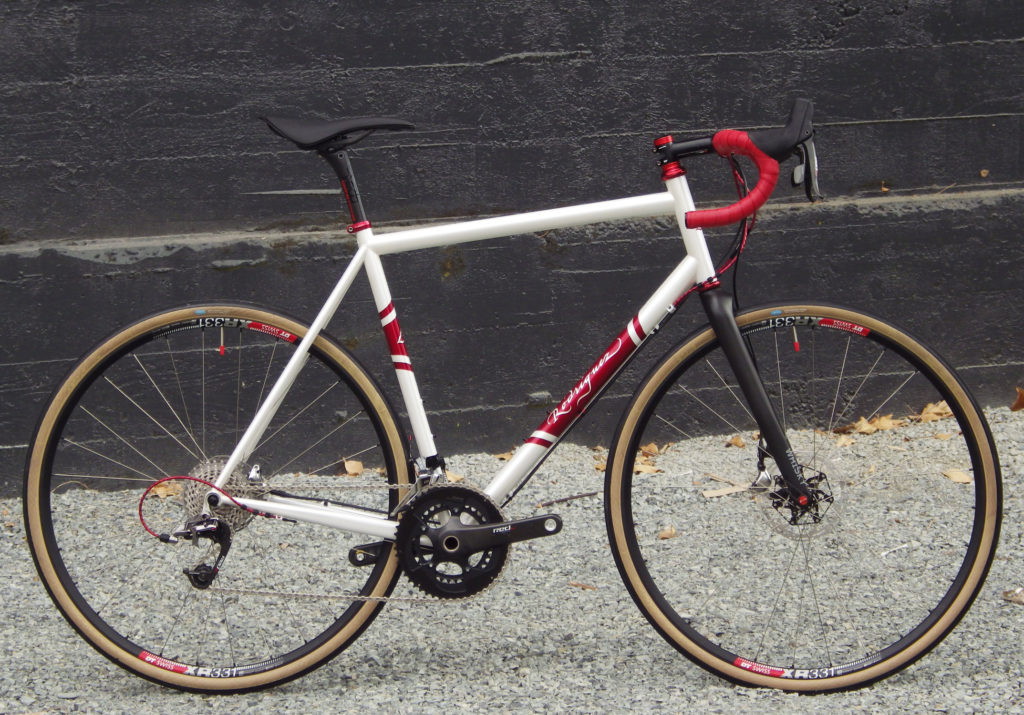A conversation we have with a lot of customers is about how the size of their bike can impact the handling and performance. This is an issue that mainly comes up with bikes for riders under 5’6″. The problems always stem from trying to fit 700c wheels into a small frame. Compromises have to be made and these compromises are felt by the rider.

The first problem is toe overlap. As the frame gets smaller the front wheel gets closer to the crankset and the rider’s feet. This can result in the toe hitting the wheel in a turn, aka toe overlap. To compensate for this, many manufacturers resort to a slacker head tube angle. This puts the wheel further in front of the bike and causes sluggish handling. If the bike is small enough, you can end up with both problems anyway.
The seat tube is similarly affected. It’s often steeper to reduce the overall rider reach. This puts the rider pretty far forward over the bottom bracket and can cause fit issues resulting in stress to the knee. None of this is good for the rider. Fortunately, there’s an obvious solution: smaller wheels.

While this seems like a no-brainer, it’s historically been a difficult sell to many customers. They have a lot of reasons, but they usually boil down to either “700c wheels are faster” or “My riding buddies will literally make fun of me if I show up with smaller wheels”. While we can dispel the myth of the first one, the second one can be harder to overcome.
The myth of 700c wheels being faster is an old one. There are a lot of factors that go into making a bike fast, and wheel size isn’t really one of them. Bikes that hold the world speed records do it on smaller wheels than any race bike comes with, and this is due to strength issues, not speed considerations. We have an in depth article about wheel size here, and you can read an outside opinion here that tackles this exact myth and explains effectively why it’s rubbish. Thankfully, the rise in popularity of the 650b/27.5″ wheel has made it much easier to sell customers on smaller wheels.

Take a look at the three photos in this post. While these bikes have very similar angles and proportions, they are for three people of very different heights. This because all three use a different wheel size. The top bike is a 700c Bandito, the middle bike is a 650b Bandito, and the bottom bike is a 26″ Phinney Ridge. The great thing is that all of these bikes have a trail of about 60mm, which means they all steer and handle the same. Now people can get a bike that handles properly no matter how tall they are. All this with no toe overlap issues and room for larger tires as well. (If you’re curious about larger tires, click here and here)
So now you know there’s no reason to own a bike that doesn’t handle well just because of your size. There’s more choice in wheel and tire size than ever before so you don’t have to compromise anything to get a bike that works just the way you want it to. As for friends who think they know better, there’s nothing wrong with educating them about their misconceptions. The proof will be in the riding.

You must be logged in to post a comment.